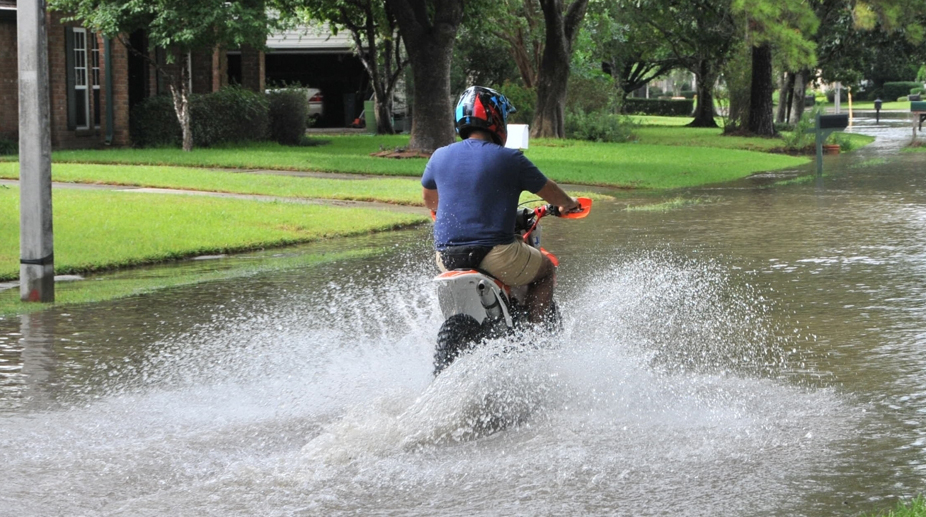NASA has said it is providing technical assistance and scientific expertise to help respond to hurricane Harvey which has been a disaster of unprecedented proportions for those who live and work in southeast Texas.
With no atmospheric steering mechanism to move the storm once it made landfall, Harvey has been producing rainfall totals measured in feet, rather than inches, presenting exceptional challenges to local, state, and federal emergency managers and first responders.
Advertisement
“This is an immense weather event that is creating a unique challenge,” said Thomas Zurbuchen, associate administrator for NASA’s Science Mission Directorate at the agency’s headquarters in Washington.
“NASA is working to enable and enhance the capabilities of our partners across federal agencies and elsewhere to ensure they are able to do the best job possible in assessing the threat and providing rescue and response services,” Zurbuchen said.
At the forefront of the agency’s efforts, the NASA Earth Science Disasters Team is providing support to local, state, and federal agencies in their response to the extreme flooding in the Houston area and related damage associated with Harvey.
Scientists at NASA centres and external partners are providing analysis of satellite imagery, output products, and other decision-support aids to inform disaster mapping and response efforts.
Coordination so far has included the generation and distribution of flood maps, using NASA analyses applied to data from several synthetic aperture radar (SAR) instruments on international partner satellites.
The orbiting SAR instruments penetrate clouds and operate day and night, providing detailed, high-resolution, all-weather imagery of Earth’s surface.
NASA’s Global Precipitation Measurement (GPM) mission team has produced rainfall accumulation graphics and unique views of the structure of Harvey during various phases of development and landfall.
Starting Thursday, NASA said it would fly the Uninhabited Aerial Vehicle Synthetic Aperture Radar (UAVSAR) instrument aboard a NASA Gulfstream III aircraft to collect higher spatial resolution SAR observations over rivers, flood plains, and critical infrastructure.
The response team also will use other SAR data of opportunity, including the ESA’s (European Space Agency’s) Sentinel 1A and 1B mission SAR data made available through ESA open-data sharing to support flood response efforts.
Hurricane Harvey has now weakened to a tropical depression with its centre now located in southwest Louisiana, but continues to cause heavy rains, the US National Hurricane Centre (NHC) announced.
In the public advisory released late Wednesday night, the NHC indicated that Harvey has maximum winds of 55 km/h and is located 15 km southwest of Alexandria, Louisiana, Efe news reported.











